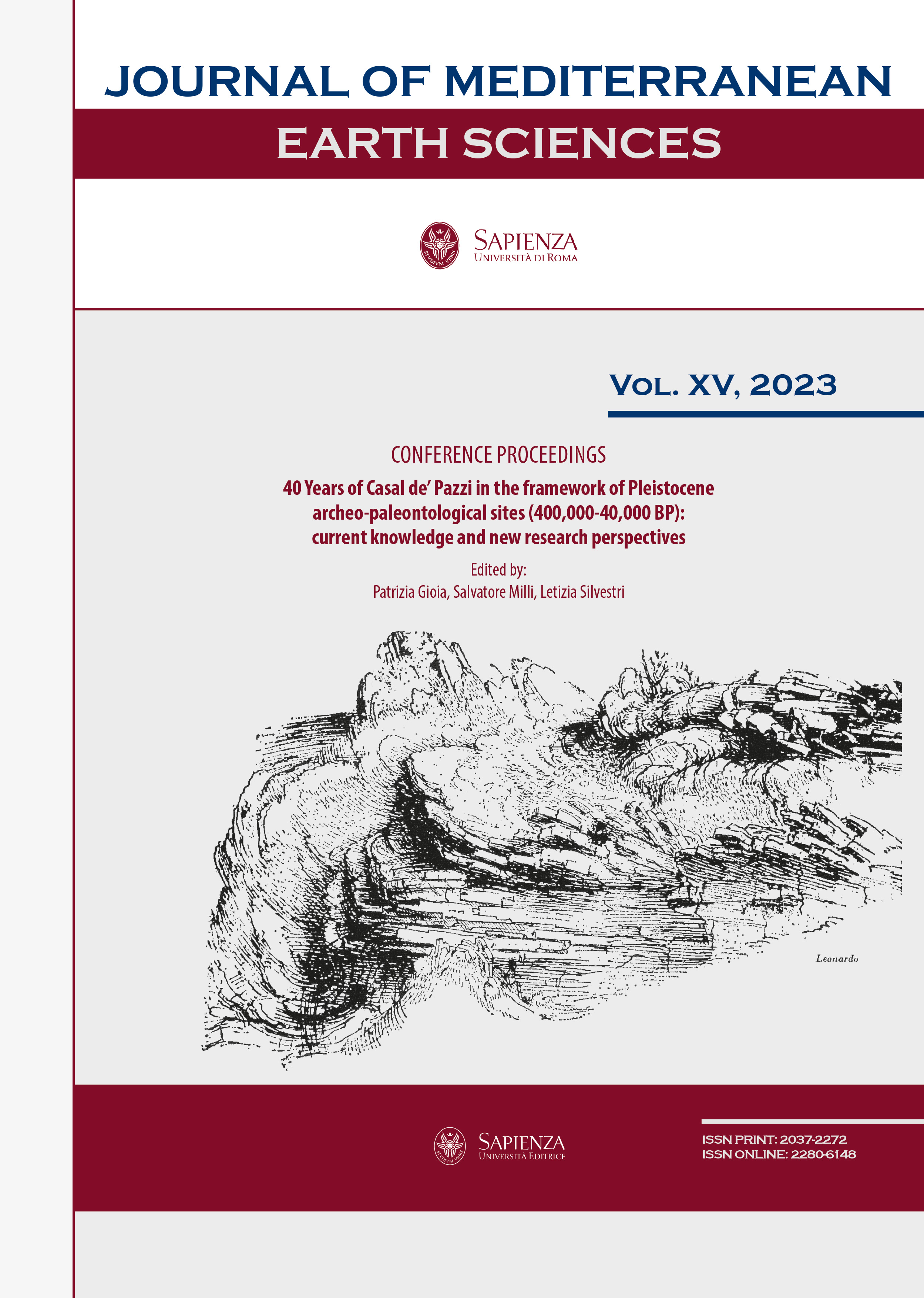Let’s make fire! Experiences of ‘hands-on’ educational workshops for the dissemination of prehistory knowledge
DOI:
https://doi.org/10.13133/2280-6148/18143Abstract
Make, touch, smell, identify, and collect the clues to piece together a story from the ancient past.
What works and what doesn’t work, in the teaching of prehistory and human evolution? And how to adapt to an ever-changing audience? To answer these questions, scientists have devised a plethora of communication strategies, ranging from the ‘simple’ educational workshop to augmented reality technologies. Furthermore, it is not easy to touch the hominid and artifact replicas locked in the museum display cabinets. After carefully observing and accumulating opinions and experiences in schools, museums, public and private spaces, and after working with both children and adults, the empirical answer to the questions above is in the “hands-on” approach which allows to secure complex concepts through the activation of non-traditional cognitive processes.
Lighting a fire with stones or sticks, painting with ocher and bird feathers, trying to chip or to ‘butcher’, and touching the skull of someone who lived in a very remote time, are just a few of the activities that can be proposed and that open new horizon and allow the non-specialist user to identify with them by putting into practice the “hands-on” approach.
Finally, the ‘games’, the investigations built on stories that take their cues from the most up-to-date scientific news and that allow you to simulate, albeit in an extremely simple way, the work of the archaeologist or paleoanthropologist/ scientist, are all strategies and actions that can approach the ‘non-experts’ to the ancient past. This contribution presents the experiences conducted in various contexts and the different types of proposed interventions, all aimed at the more correct and scientific dissemination of what represents the cornerstone of scientific thought: human evolution.
Downloads
Published
How to Cite
License
The submission has not been previously published, nor is it before another journal for consideration (or an explanation has been provided in Comments to the Editor).


